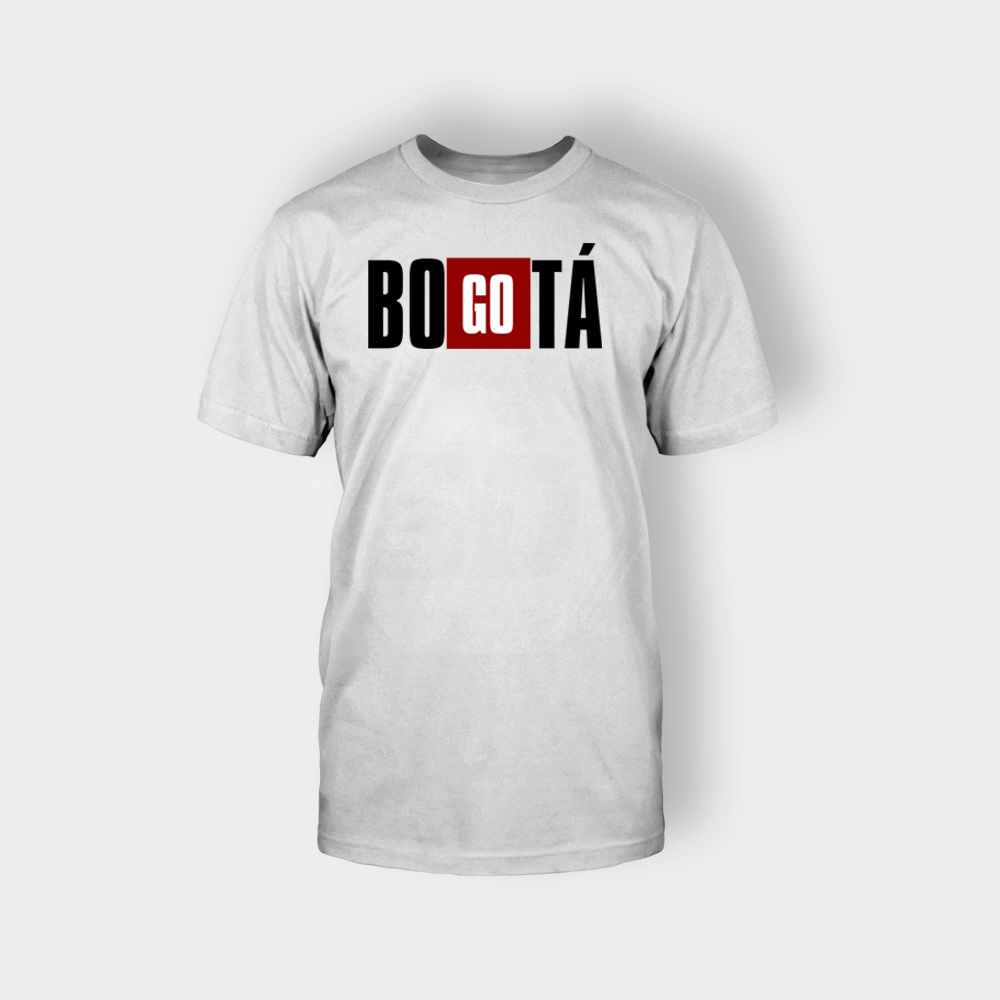

(Anybody who has attended a live music concert in the last couple of years has already witnessed, firsthand, just how uncomfortable listening appears to make some people-so much so that frustrated musicians have started banning phones at shows.)

#CHILLING BEATS HOW TO#
In a 2015 press release, Spotify declared itself “obsessed with figuring out how to bring music into every part of your life, wherever you are, whatever you’re doing, whatever your mood.” The idea of purposeful listening-which is to say, merely listening-is becoming increasingly discordant with the way that music is sold to us. Background music is hardly a new development, but, previously, these sorts of experiences were mostly relegated to elevators and waiting rooms now the groundless consumption of music has become omnipresent. It’s especially disconcerting to see the practice of active listening (which can be a creative act as well as a wildly pleasurable one) denigrated, dismissed, or ignored. It is the kind of song that simply happens to you.Īlthough I recognize the utility of listening to non-distracting study music, I nonetheless find it disheartening to see art being reconfigured, over and over again, as a tool for productivity-and then, when the work is finally done, as a tool for coming down from the work. Post Malone’s “ Rockstar,” which was released in the fall of 2017 and now has more than five hundred million views on YouTube, feels a little like floating down a strange, curling river. SoundCloud rap is hardly as limp or as purposefully benign as Chillhop’s study music, but the genres do share a sort of practiced nonchalance, a heavy dedication to chill. Interestingly, as a musical ethos, chill has also eked its way onto the pop charts: SoundCloud rap, one of the most popular and lucrative genres of the decade, is marked by distortion, low fidelity, and a slurred vocal delivery that seems plainly indebted to anti-anxiety medication. Spotify presently classifies chill as a genre, and there are an incredible number of playlists devoted to insuring a chill experience. It merely existed to facilitate and sustain a mood, which in turn might enable a task: studying, folding laundry, making spreadsheets, idly browsing the Internet. They found the question silly if not fatuous-the music wasn’t really for liking, in the traditional sense. “Do you enjoy this?” I asked my students. The rise of chill as an aspirational state suggests that perhaps the best thing to feel is not much at all. These days, to describe someone as “chill” is to propose that they’re slightly apathetic, but in a delightfully easygoing way. I found that the song evaded precise description-perhaps by design-so I free-associated on my notepad: koi pond, medical-grade marijuana, boutique hotel, hot-stone massage, European airplane, cool dentist. Every once in awhile, the raccoon started typing or casually flicked its tail. The video featured an animated raccoon wearing a peach hoodie and drinking a cup of coffee, in a dorm room strewn with generational signifiers: houseplants, seltzer, a turntable. We called up the channel on the classroom computer. More than 2.2 million people had subscribed several thousand were listening at that moment. The channel’s description was gentle, unassuming: “We hope you enjoy these chill lofi hip hop tunes while studying / chilling / working,” it read. Last fall, the students in one of my writing classes alerted me to a wildly popular YouTube channel, run by an organization called Chillhop Music.


 0 kommentar(er)
0 kommentar(er)
